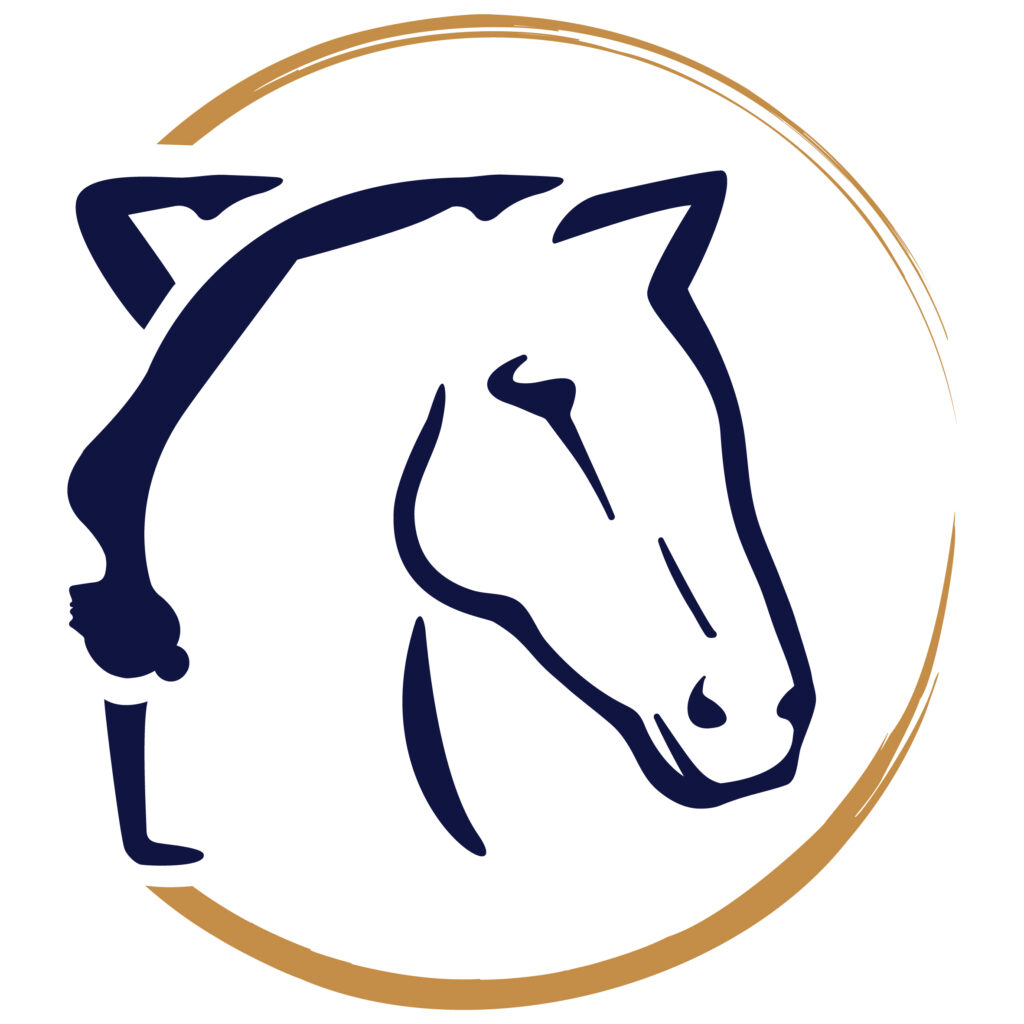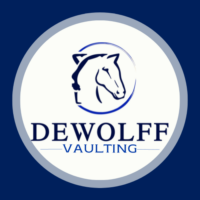An interview for VaultingNews: “DeWolff Vaultinghorses: Which Horse Is The Right One For Vaulting?”
Click here for the original post
For a long time, most vaulting horses were trained by their lungers. For a few years now, we have seen some growing vaulting businesses. Some of the major people in this field are thevaulting horse trainer Maurits de Vries from the Netherlands and vaulting horse tester Marion Schulze from Germany. Today we will learn about Nienke de Wolff, also from the Netherlands, who finds the perfect match of horse and vaulter, squad or lunger.
Nienke de Wolff vaulted for sixteen years herself and also lunged at competitions during that time. She has been riding since she was six. After finishing her own vaulting career she stayed with the sport and started her own business DeWolff Vaultinghorses. Of course, she sells vaulting horses but gives also a lot of clinics in dressage, vaulting and lunging. In other words, you can get an all-around vaulting package from her. “I’m also president of the vaulting department from our national federation (KNHS). All of this is more than a full-time job!”, Nienke de Wolff tells us. And the most important part: Yes, she can live on her job, thanks to her varied profile in the vaulting business!
Why did Nienke decide to start a vaulting business? “Actually I never planned to be a horse handler. But it started with my farrier and an old colleague who thought they had horses with nice vaulting potentials, my barn was full, so I thought maybe I can make someone else happy with those two horses. When you offer two nice horses in a really short time, people start to ask if you maybe have some other horses, smaller, bigger, younger, older, cheaper, more quality etc. And during my search for a vaulting horse for myself two or three years ago, I found many potential horses which (unfortunately) weren’t right for me. So, I knew there were so many good horses around. I saw the potential in the market and decided to go further with looking for good vaulting horses and find the right matches between horse and owner.”
How life goes… Great! The horses which Nienke sells are either trained or suitable for vaulting (to be trained up by the new owner). In her opinion, many horses qualify as vaulting partners, it is more a question of the first training lessons. “The horses have to understand and like ‘the game’. If they have the right mind-set, they can be a vaulting horse as well. It’s like saddle broke a horse, but then for vaulting. The first part is the most important part.”
The horses are between six and fourteen years old when they start to train for vaulting. Why? You can start training a horse for vaulting earlier, but be aware that they need to develop their own strength and balance first before you can do more difficult vaulting exercises. If you start too early with vaulting and the horse isn’t ready yet, they can get injuries really quickly and probably won’t last long in the vaulting world. So, it all depend on the level under the saddle, strength / balance and mental age.” Nienke de Wolff starts with exercises close to the surcingle like kneeling, mill and push up because they don’t throw the horse off-balance. Most of this balance is learned under the saddle until the horse can carry its own body; when you move to lunging the horses should already be balanced. When they are ready the vaulter can move to the neck or the croup.” What would be a good exercise for this? “Take them out, let them canter with loose reins so that they have to carry their own body and don’t use your hand as a fifth leg. Or lunge them with nothing but a bridle and lunge.”
So much for that. but one step back, hasn’t the horse to learn walking on the circle first? Nienke told me a little bit about that and summarized her work like this: “If you want to train your horse to walk perfectly in a circle, don’t train the circle but train squares, straight lines, eights (on a double lunge) etc.” Sounds like a lot of variety for the horse and should improve the balance.
We had a question which cropped up lately when some horses spooked because of pigeons at the championships in Le Mans. Does Nienke have any advice for us to prepare young or old horses for the arena? “I think you can never prepare a horse 100% for everything, but they have to learn that it’s all common. So, just go to many competitions, let them see the world and don’t keep them home. If you compare the vaulting sport with for example jumping there is a lot of difference in the training. In the jumping world, horses compete really soon and not because they have to win. They start at a really low level just to let the horse get aquainted to competitions. Your horse can be a great horse at home, but he has to learn to be a great horse at competitions as well and that is a big (forgotten) part of the training of a vaulting horse. I’d rather take my horses to competitions quite soon just with an individual and at a lower level. So the horse gets experienced. It’s part of their training process and they have to get used to competitions and don’t see them as something special.”
We have talked a lot about the training of the horses which was quite interesting. We had one question left: How much is a good vaulting horse worth these days? “It starts with the question: what is a good vaulting horse? For an amateur club, a good vaulting horse is a really nice, sweet horse who can be ridden and lunged by everyone. The quality of the canter is less important for them. So they can find a great horse under 8.000 EUR. If you are on a higher level and want to do competitions you need a horse with a great quality of canter, good mindset, trainable etc. They are more expensive. But it all depends on the level under the saddle, age, experiences in vaulting, good x-rays etc.
And what it will be in 10 years… Well, good brave horses are expensive and if we want to improve the vaulting sport, we need good quality horses. I don’t think the horses themselves get more expensive, but I think we have higher expectations of vaulting horses, so we have to look in a higher segment and then automatically a higher price range.”
I think we got many great tips about vaulting horses here. If anyone needs help with the search or education of the horse contact Nienke via DeWolff Vaultinghorses.


